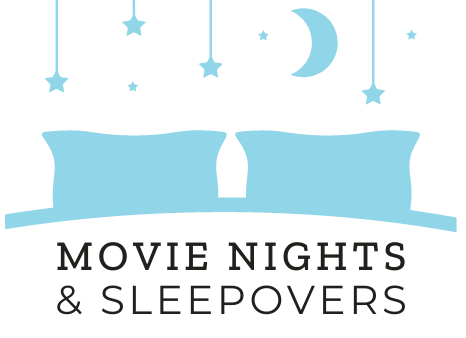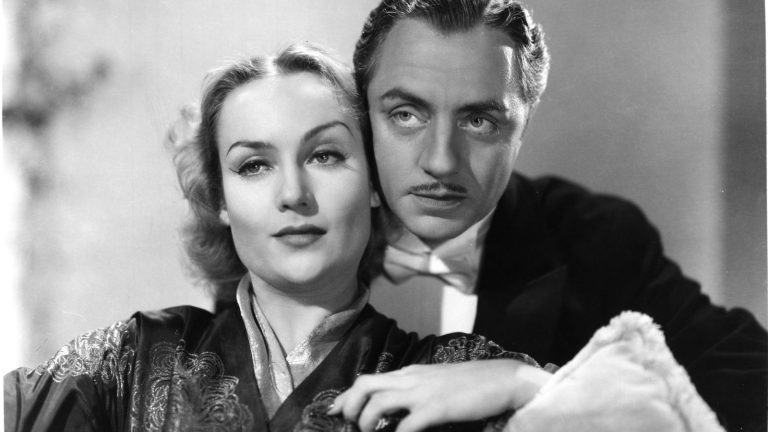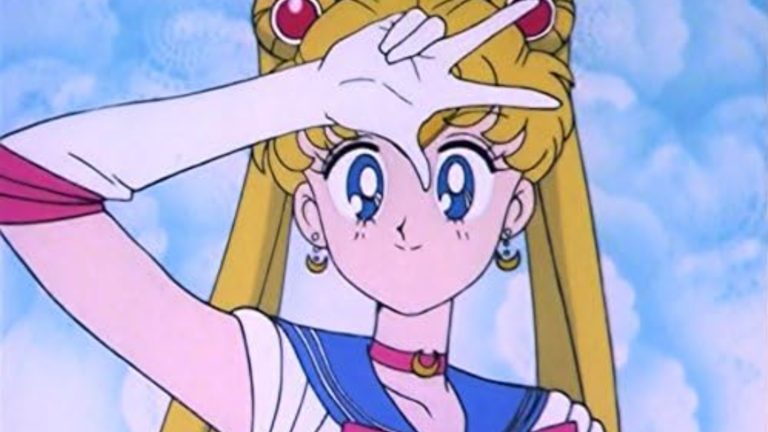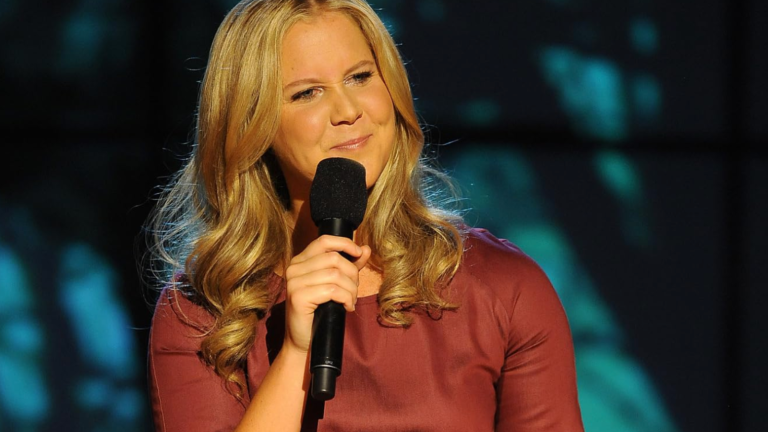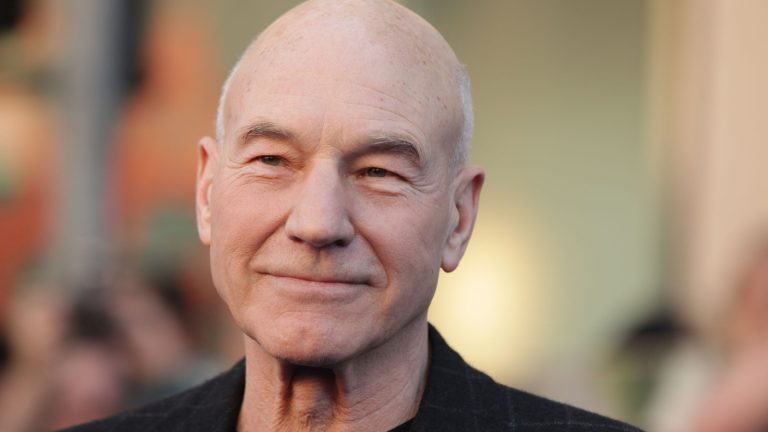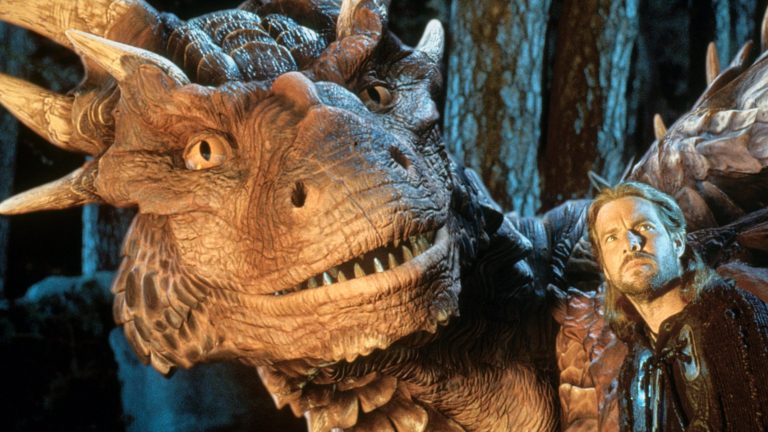The Films of George A. Romero, Ranked

George A. Romero was a titan of the film community. Breaking onto the scene in 1968 after almost a decade of work in industrial films, his debut, Night of the Living Dead, would become one of the most acclaimed horror films ever made and a key work in the Civil Rights Movement. Following a group of people holed up in a house as the zombie apocalypse reaches Pittsburgh, the film emulates Romero’s storytelling style. His stories often revolve around a cataclysmic situation and the small group of disparate survivors whose differences create tensions that put difficulties around their survival. Though this mode of filmmaking would come to define much of his work, Romero’s filmography is much vaster than even that gives him credit for.
Today, we’ll be ranking the best and worst of the master of horror’s body of work, digging through the work to find the hidden gems, the stone-cold classics, and everything in between. Let’s get started!
16. Diary of the Dead (2007)
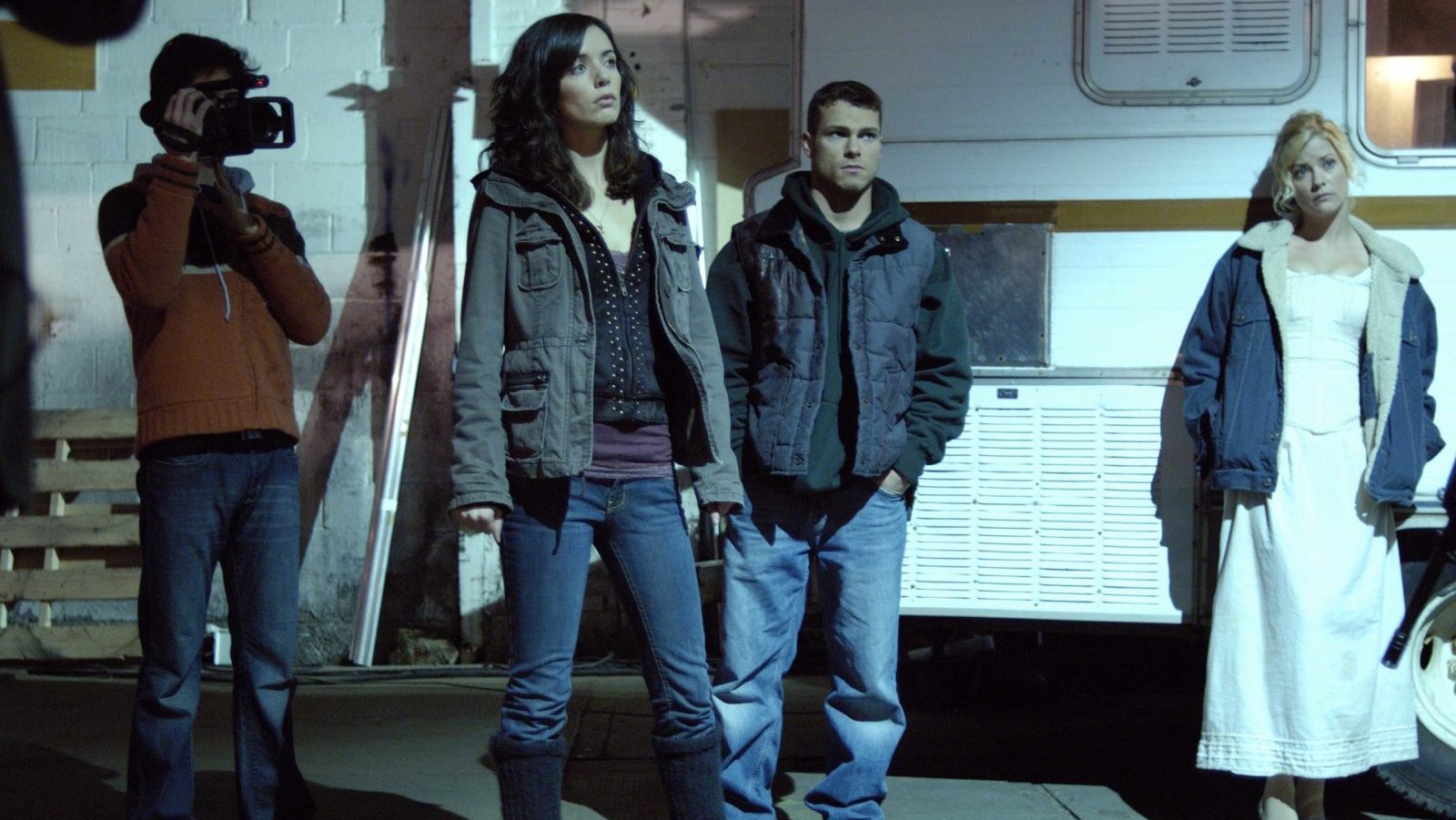
An aging George A. Romero takes on the found footage genre. To the surprise of no one, the film is a complete and utter failure. It is best if avoided.
15. There’s Always Vanilla (1971)
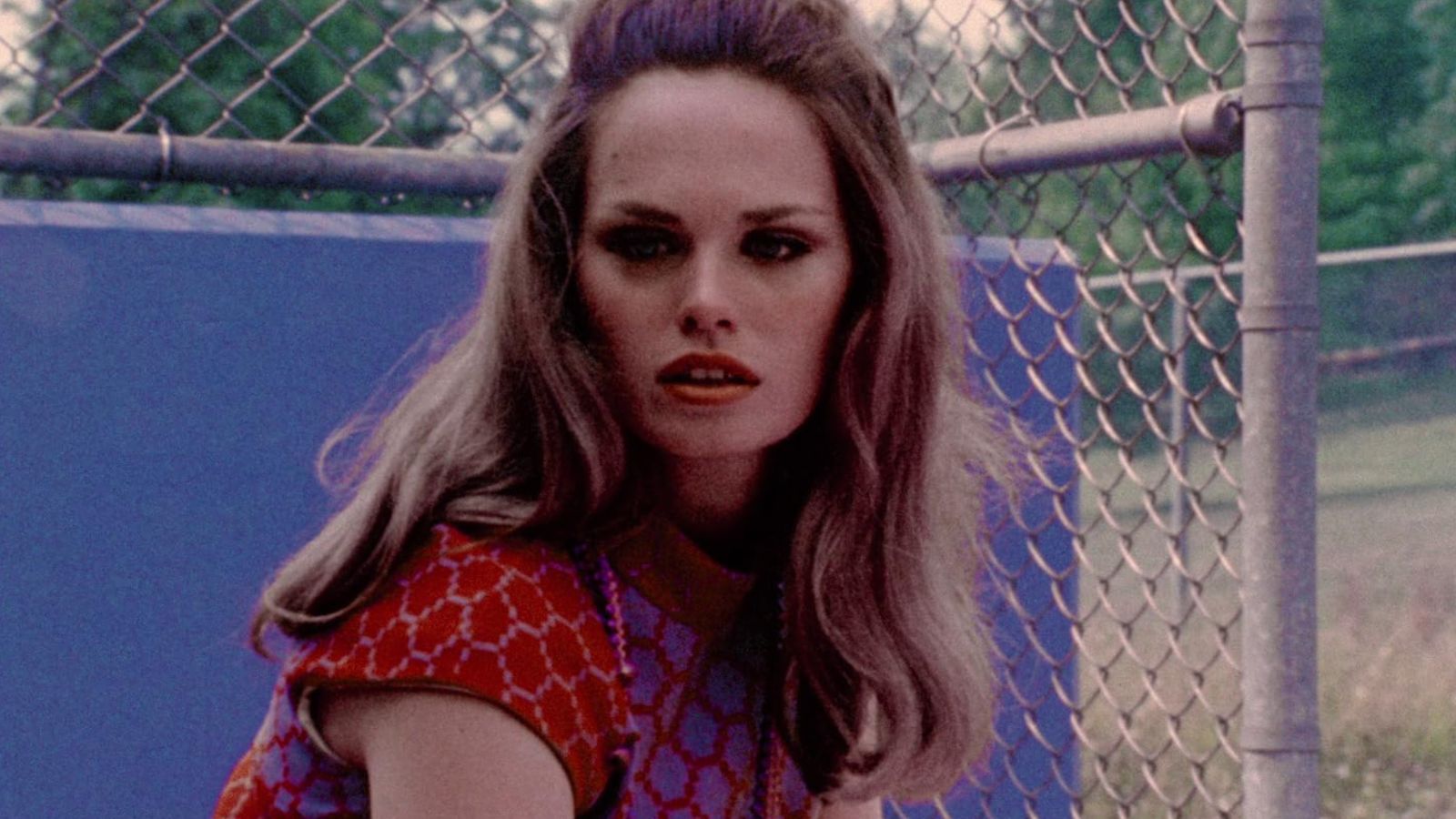
Romero’s follow-up to Night of the Living Dead is fascinating. If only it offered us a view into what Romero’s career would have been had he not primarily focused on horror films. A light romantic comedy, the film follows a couple whose relationship becomes complicated by a pregnancy. Lightly tackling themes of abortion, the film is fascinating for fans of Romero to see where this iconic career could have gone.
14. Season of the Witch (1972)
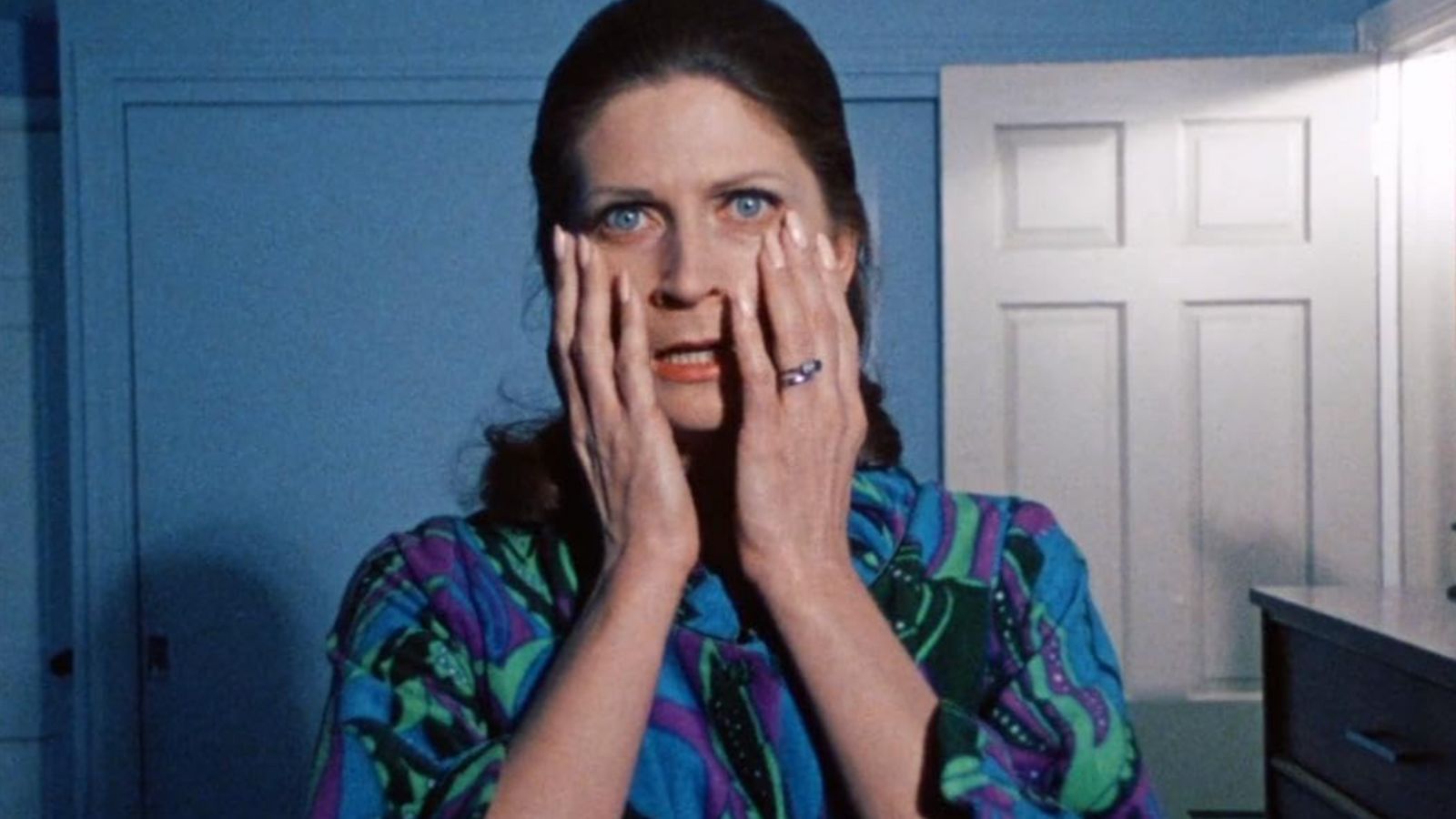
Shot initially under the title of Jack’s Wife, released as Hungry Wives, and retitled to Season of the Witch after the success of Dawn of the Dead, this light romantic romp follows a bored housewife who begins dabbling in witchcraft. Skirting by mostly on pleasant vibes, but a talky script and wooden performances from the leads ultimately hamper the film. A curio at best.
Follow us on MSN to see more of our exclusive entertainment content.
13. The Dark Half (1993)
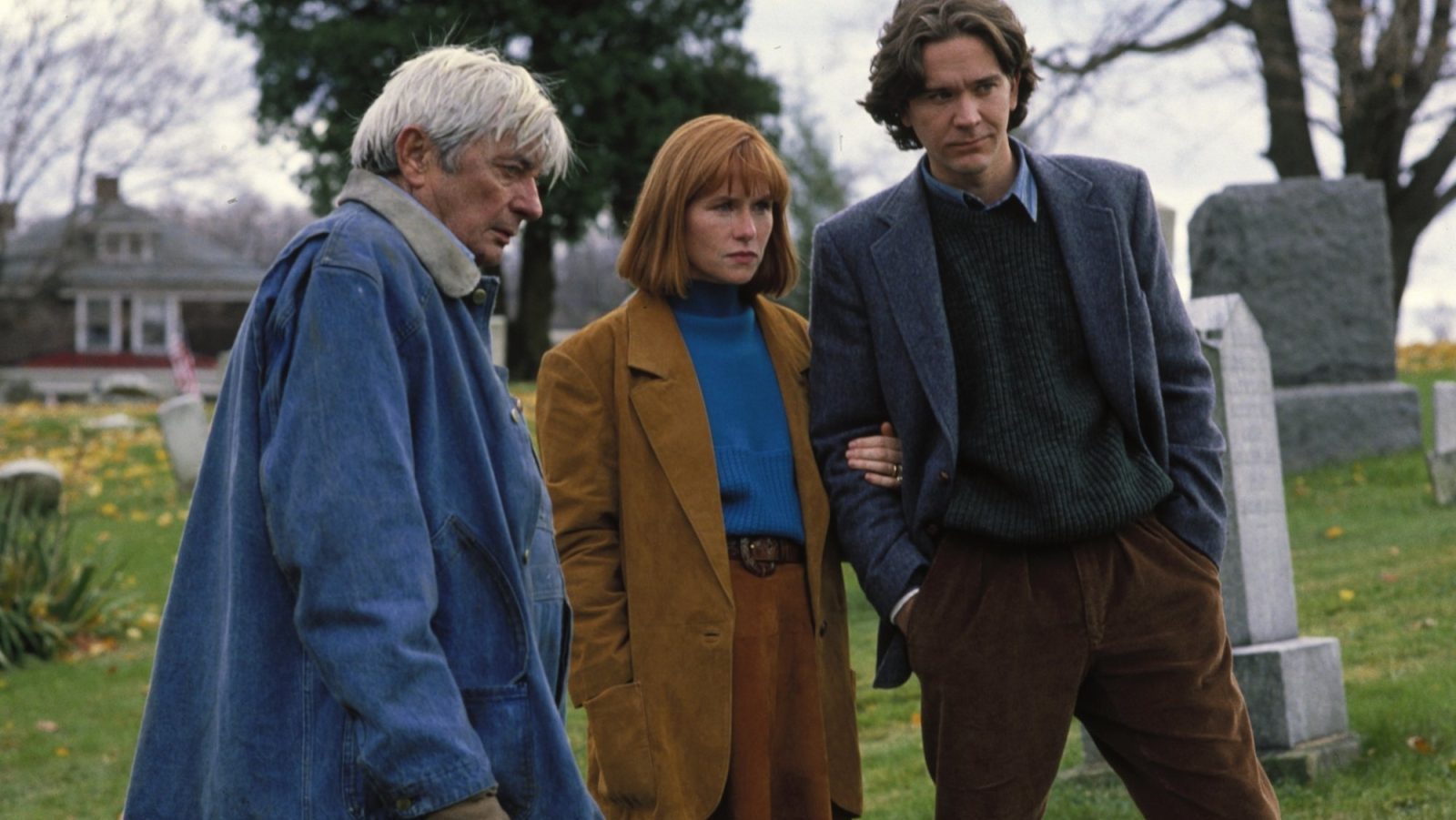
An adaptation of the Stephen King novel of the same name, the film follows an author haunted by his pseudonym. Though it has its moments, the film is a slog, making one wonder why they didn’t read the novel instead.
12. Survival of the Dead (2009)
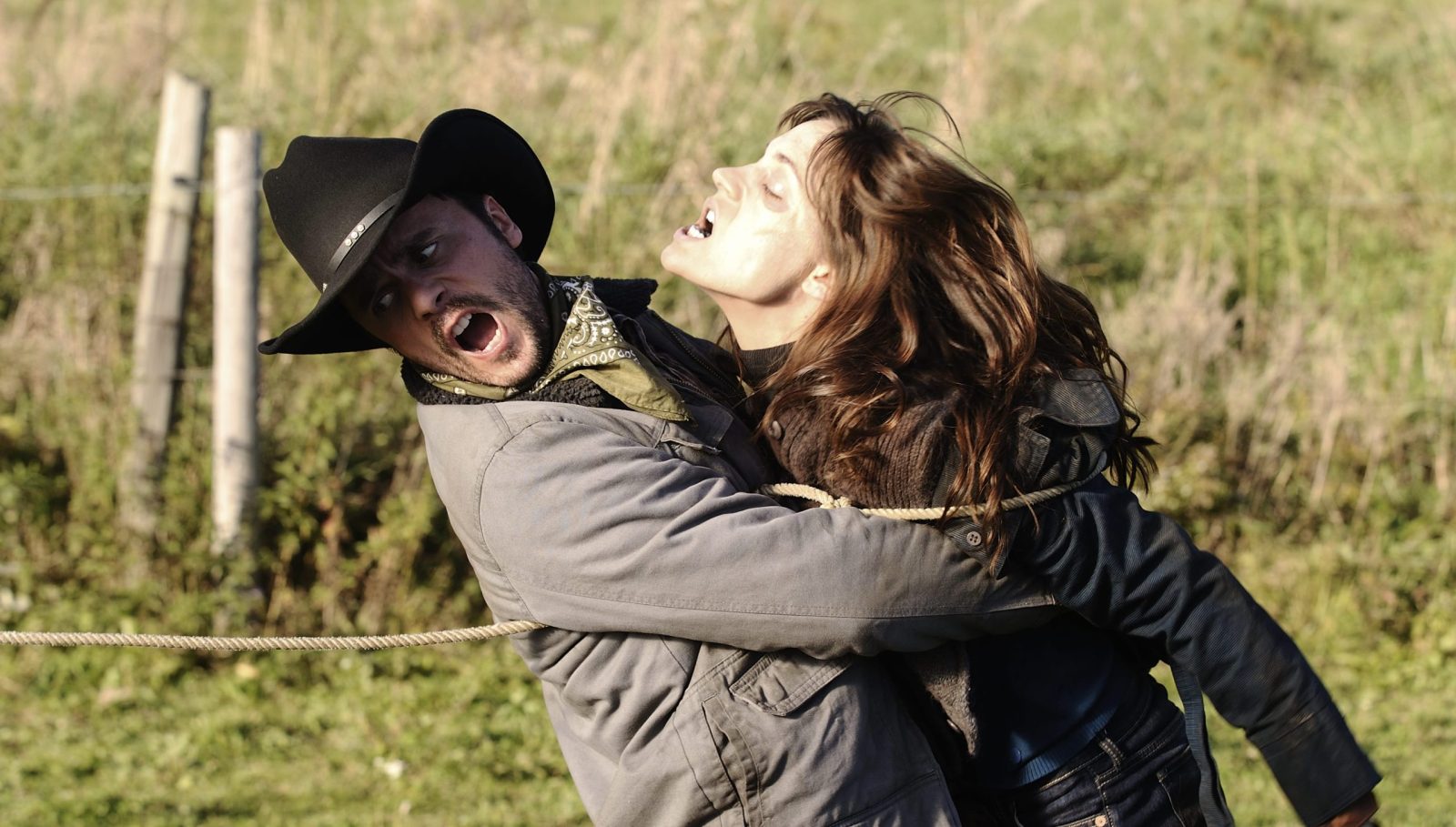
Romero’s final film follows immediately after the events of Diary of the Dead, following a group of rogue National Guardsmen who must contend with the undead. Though the relatively small scale and Western-style aesthetics are a fun change of pace, they never save the film from collapsing under the weight of its ambition.
11. Knightriders (1981)

This film sticks out like a sore thumb in Romero’s filmography. It follows a group of Renaissance fair bikers who gain notoriety for their performances. Notable for starring a young Ed Harris and having make-up artist Tom Savini in a prominent role, this is for Romero completionists only.
Follow us on MSN to see more of our exclusive entertainment content.
10. Land of the Dead (2005)
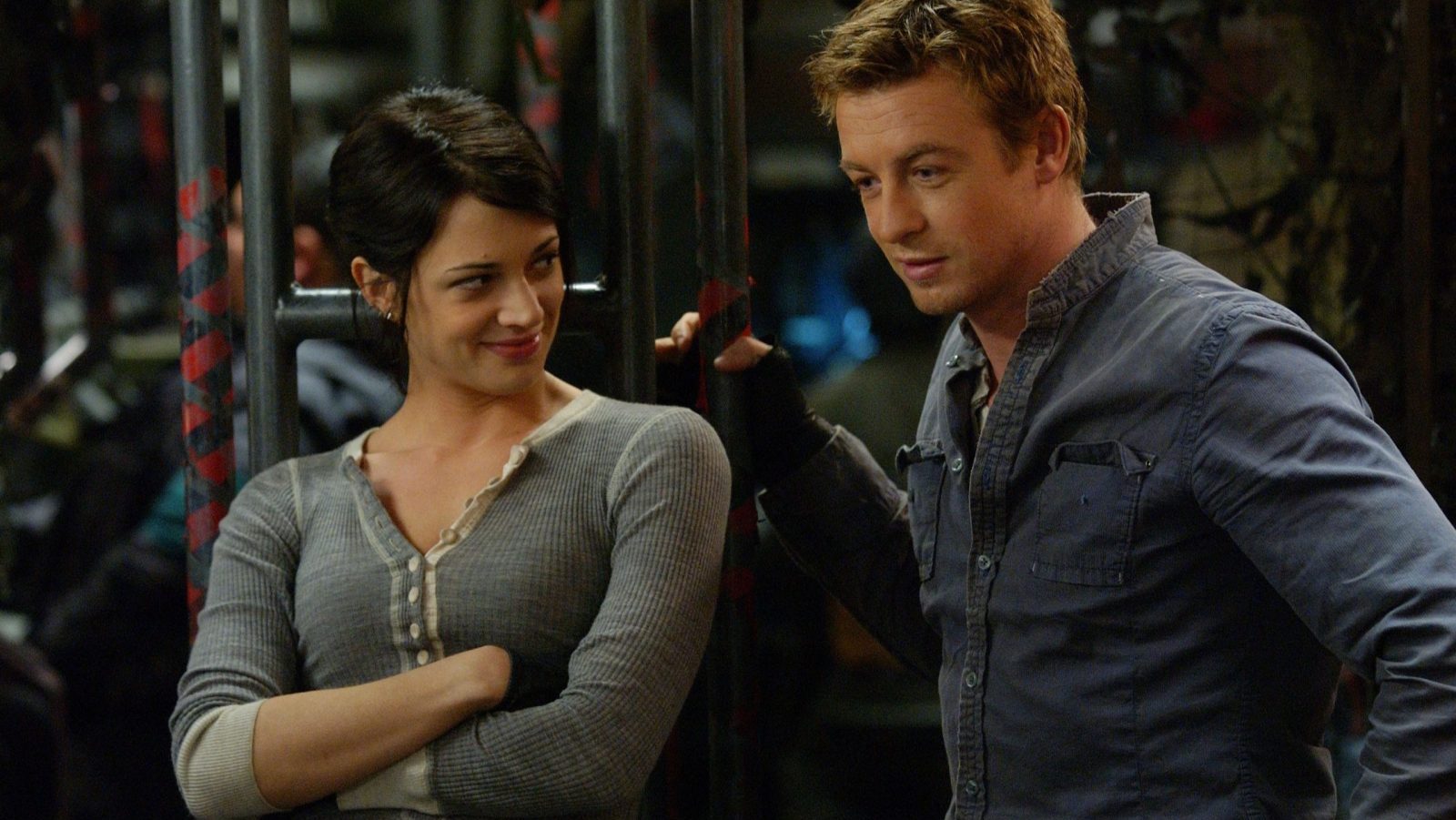
Reeling from the success of the remake of his 1978 film, Dawn of the Dead, Romero was given the green light by Universal Pictures to make the long-awaited fourth installment of his Living Dead series. The film follows a group of survivors who withstand the scourge of the living dead in a walled-off city ruled by a feudal government. A return to form for Romero, his commentary on a post-9/11 America just as sharp as any social satire marking his Golden Age work. It’s the rare instance of a long-gap sequel that’s worth the wait.
9. Bruiser (2000)
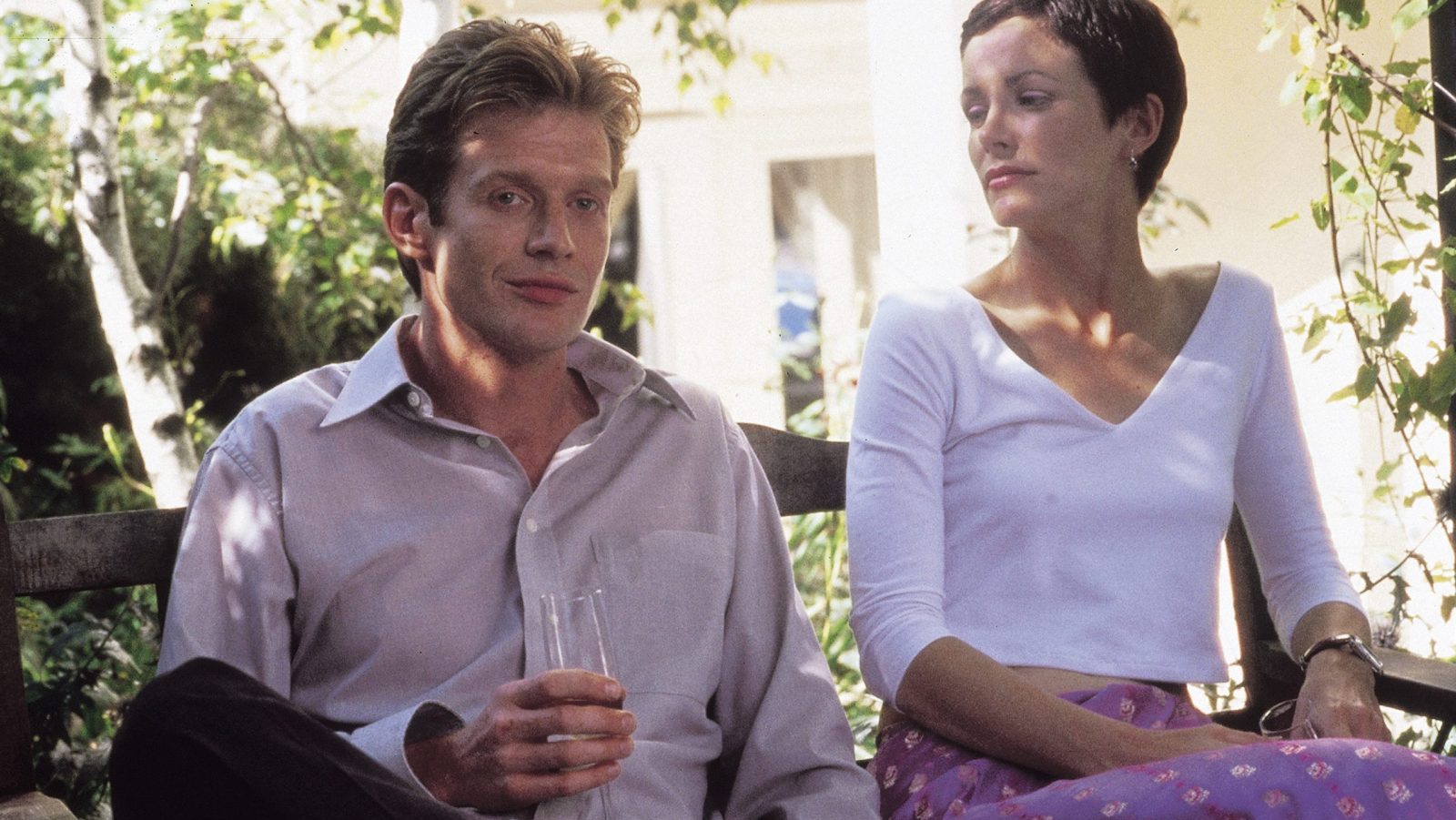
Romero enters the 2000s with this satire about a man who wakes up to discover he has no face. Feeling a newfound freedom, he goes on to commit increasingly bizarre crimes as the film progresses. A fun, if inessential, romp.
8. Monkey Shines (1988)
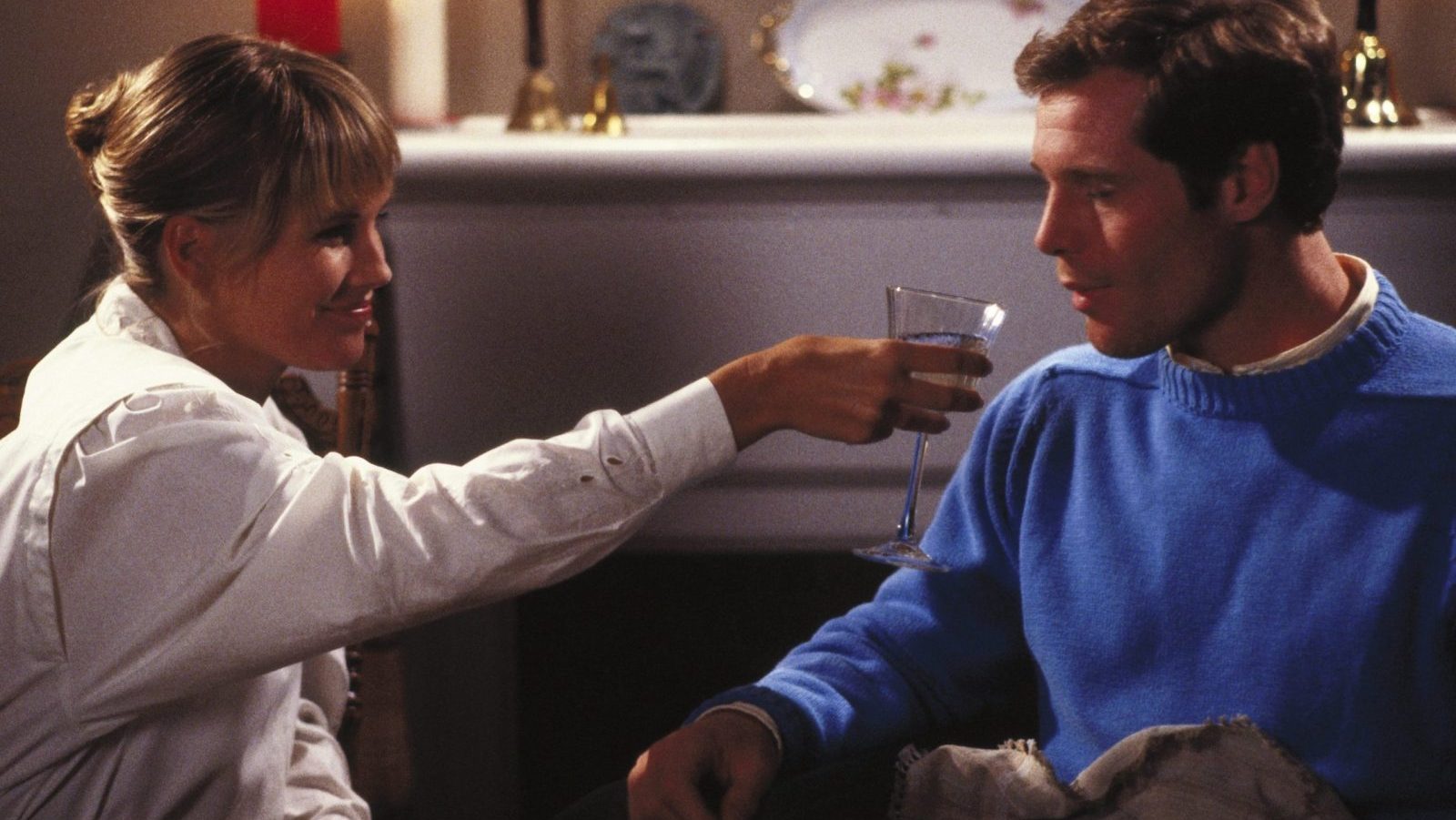
Almost a decade after making a horror film, Romero took on this adaptation of Michael Stewart’s 1983 horror novel. Romero’s adaptation is fairly faithful, following a quadriplegic athlete’s bond with a killer monkey who’s been injected with an experimental serum to try and make her closer to humans. Deciding to center the novel’s focus on man’s perversion of nature, Romero’s film offers his intense thrills with the financial backing of a major studio. It is highly recommended.
Follow us on MSN to see more of our exclusive entertainment content.
7. The Amusement Park (1975)

A recently discovered short film that was lost due to being deemed “too scary” for the public, the film follows an elderly man who becomes disoriented as the specter of death follows him at a theme park. A PSA on elder abuse, this short is as haunting as any of the horror films Romero ever made.
6. The Crazies (1973)
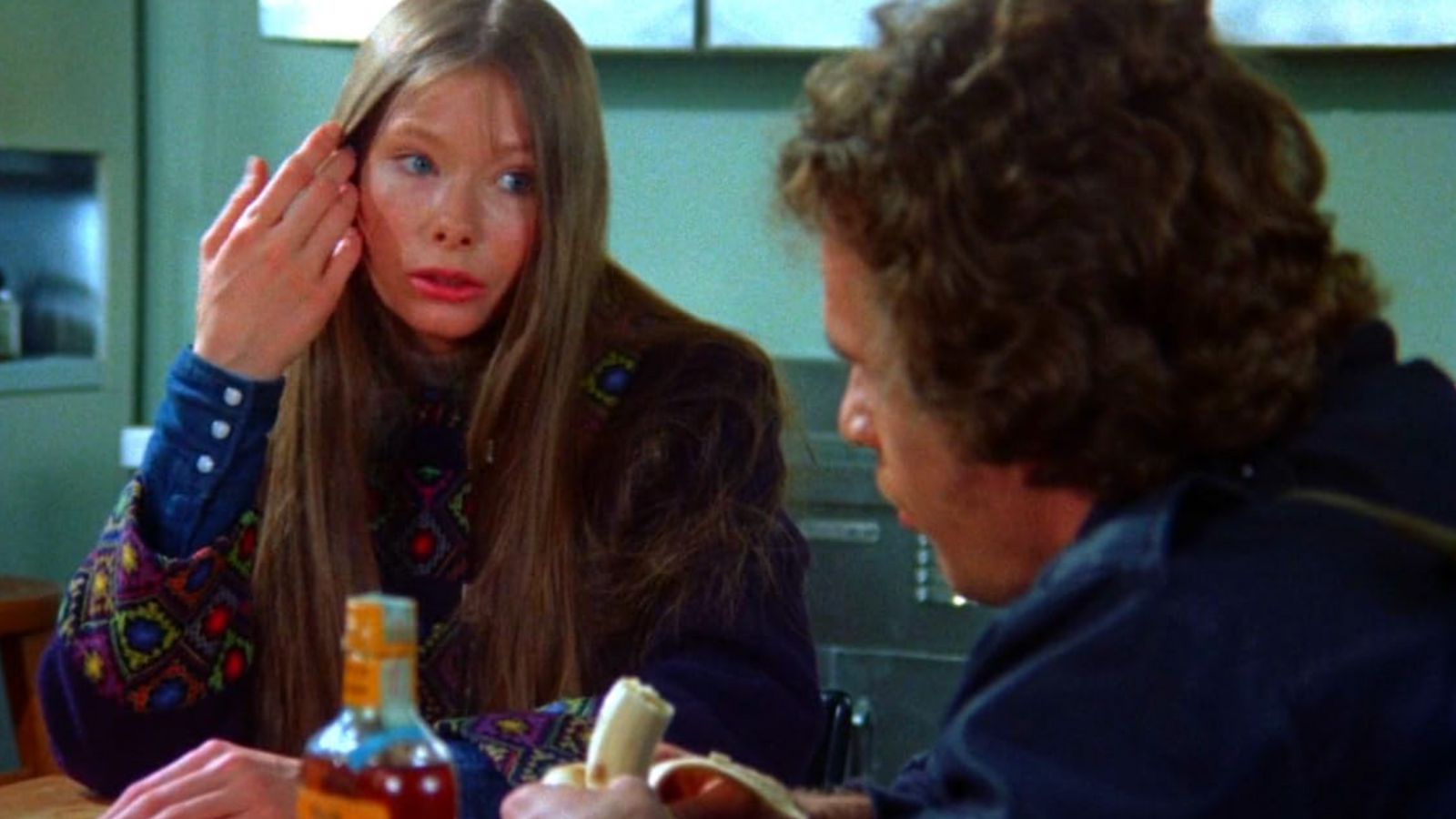
Making his way back to the horror genre after two light romps, this film follows the outbreak of a disease that causes homicidal tendencies to break out in those infected. Taut, fast-paced, and grim, this disease thriller is well worth your time.
5. Dawn of the Dead (1978)

The middle film of Romero’s original Living Dead Trilogy is the first film in which we see him expand his scope. Starting in a television station as the world becomes overrun by the undead, Romero’s sharp critique of consumerism and the misinformation of modern media brings a much lighter tone to this outing, juxtaposing the bleak social realism of the original film. It is highly recommended for the film’s middle stretch, which sees our protagonists hanging out in a mall as they hole themselves in from the doom that awaits them outside. It is essential for horror cinema.
4. Creepshow (1982)
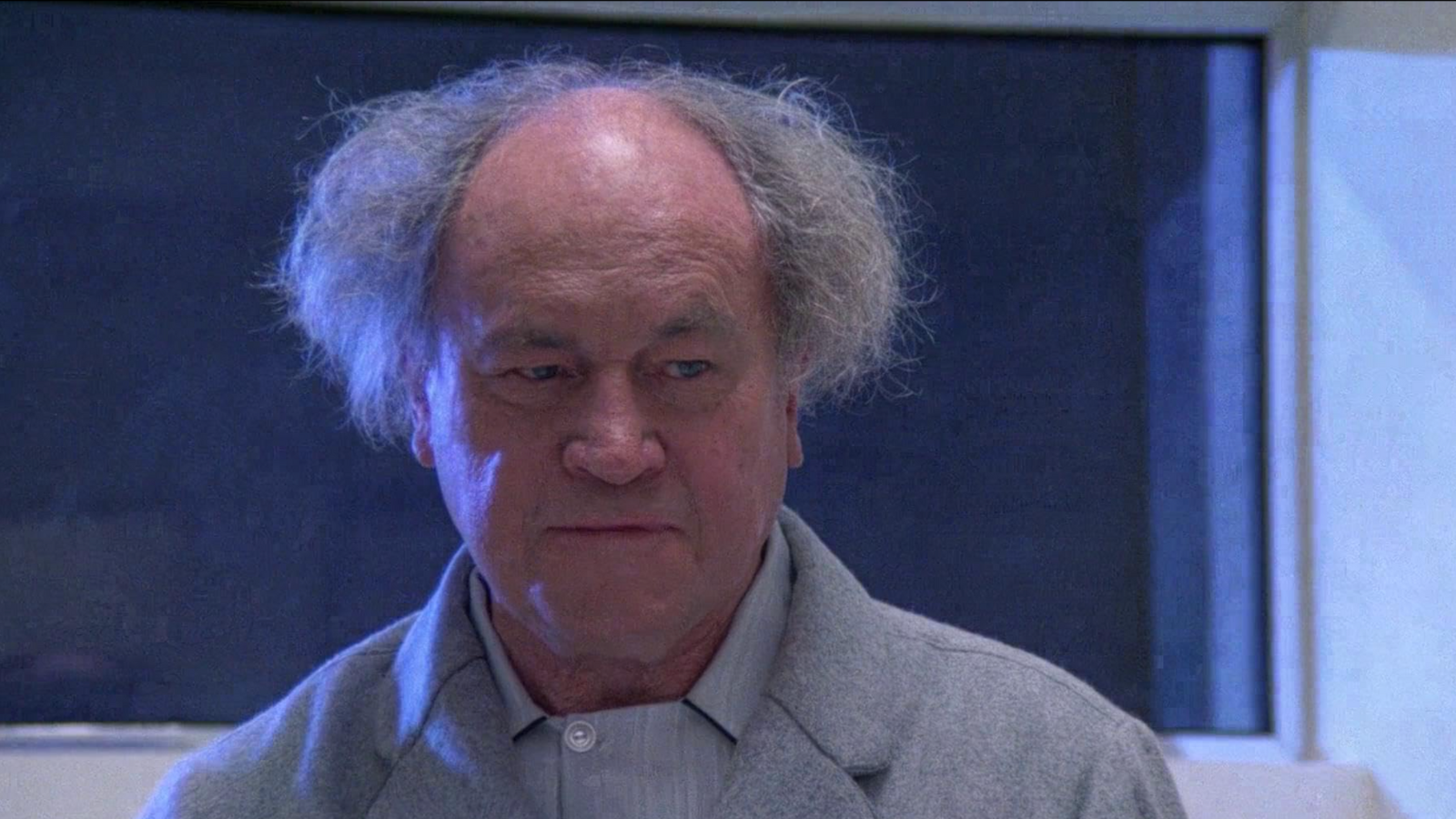
This collaboration between Romero and horror heavyweight Stephen King features five stories thematically and aesthetically inspired by the Tales from the Crypt comics of the 1950s. Featuring incredible practical gore effects from Friday the 13th and Dawn of the Dead make-up artist Tom Savini, the best story of the bunch is “The Crate,” which follows a disgraced English professor who plots revenge against his nagging wife using a monster bought by the university’s anthropology department. Wickedly scary with a pitch-black sense of humor, this is one horror anthology where every story delivers thanks to Romero’s background in short-form industrial filmmaking.
Follow us on MSN to see more of our exclusive entertainment content.
3. Martin (1977)

Romero’s personal favorite of all of his films centers on the titular Martin, a repressed young man with fantasies about his own supposed vampirism. Stealing blood from women he encounters, Martin must battle with a church that wants to see his demise. Containing much of the gore and social commentary Romero would become known for, with the film offering jabs at both the Catholic Church and the hippie culture that had died by the film’s release. This subversive vampire flick is well worth your time.
2. Night of the Living Dead (1968)
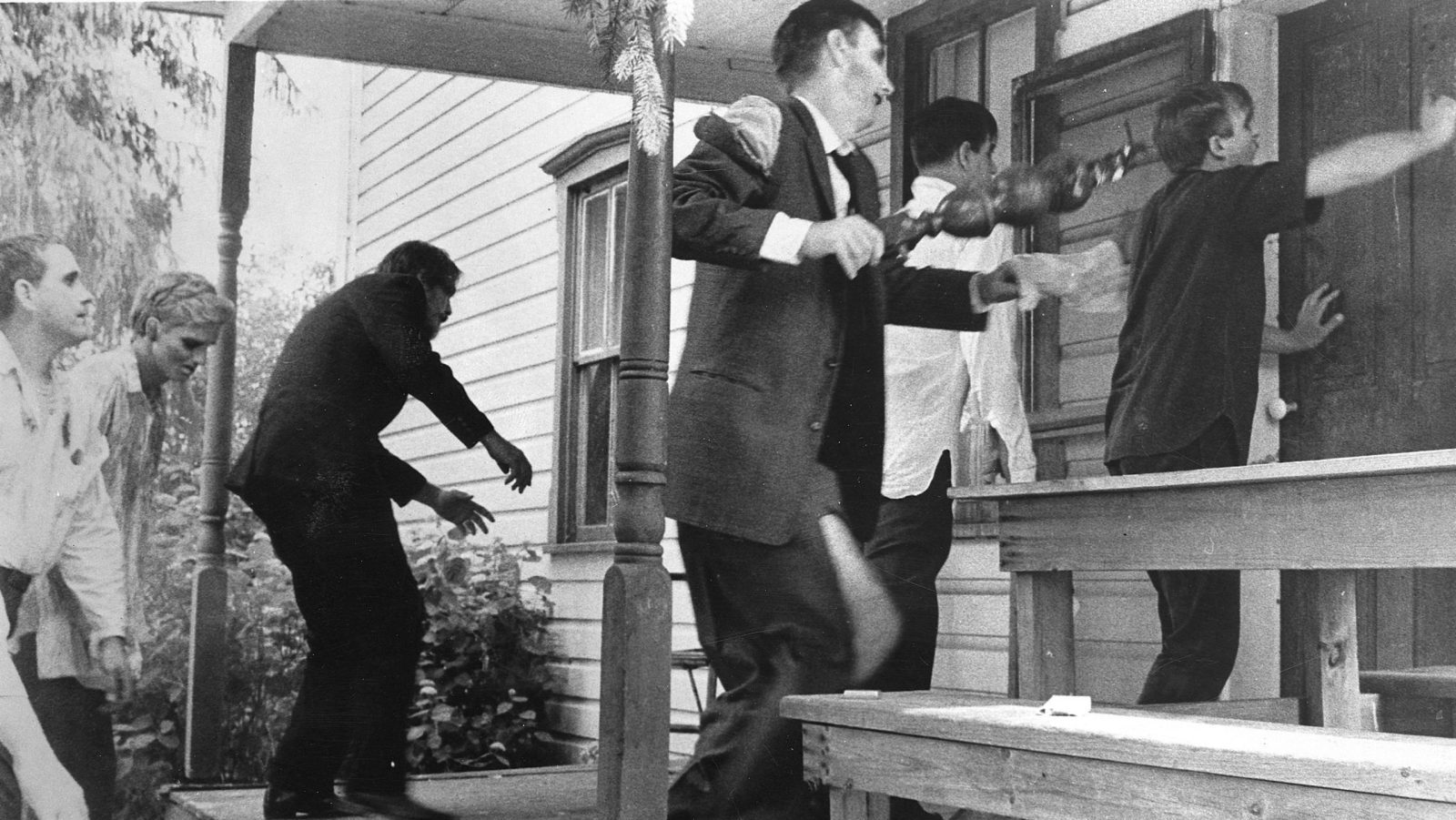
The film that launched a legendary career, this seminal film was shot on-location—with Romero’s commercial work giving him plenty of experience in guerilla filmmaking—in a condemned farmhouse for $100,000. What Romero and his writing partner, John Russo, assumed would be a cheap way to make a quick buck became one of the most culturally significant works of the late 1960s. Spawning five sequels and a remake, Night of the Living Dead remains as relevant as ever, thanks to its themes of cultural decay, racial anxiety, and the death of the American Dream.
1. Day of the Dead (1985)
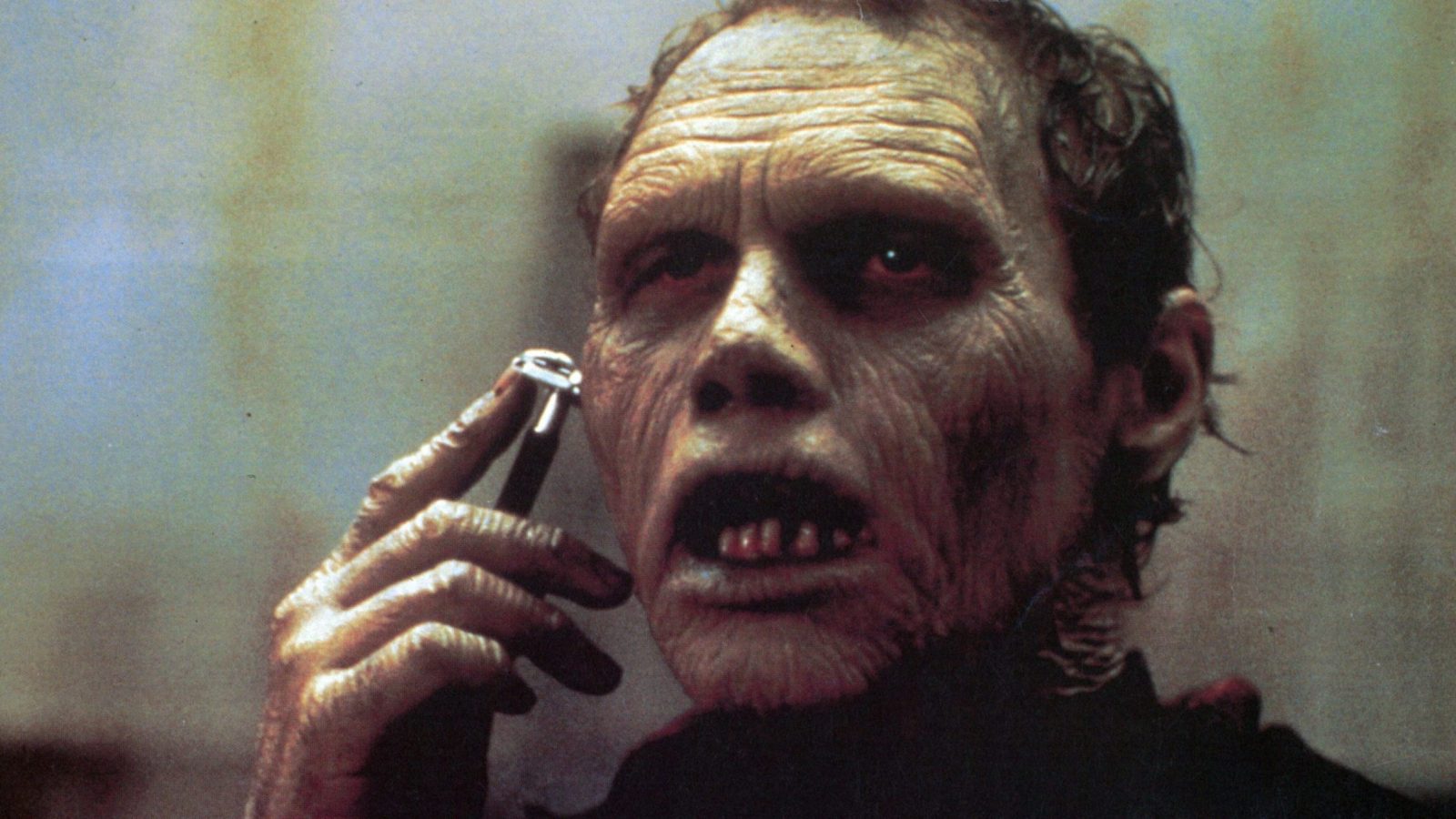
The final film of Romero’s original trilogy of zombie films is also its best. Doubling down on the nihilistic tone of the original, the film follows a group of scientists and militia that have been forced into hiding in an underground bunker in Florida after the zombie apocalypse has reached an unstable degree. Society has broken down to the point of implosion, with the survivors counting down the minutes until they’re picked off by the living dead. Relentlessly bleak and often haunting, this is the perfect capper to Romero’s original trilogy.
Follow us on MSN to see more of our exclusive entertainment content.
21 Movies Everyone Should See At Least Once in Their Life
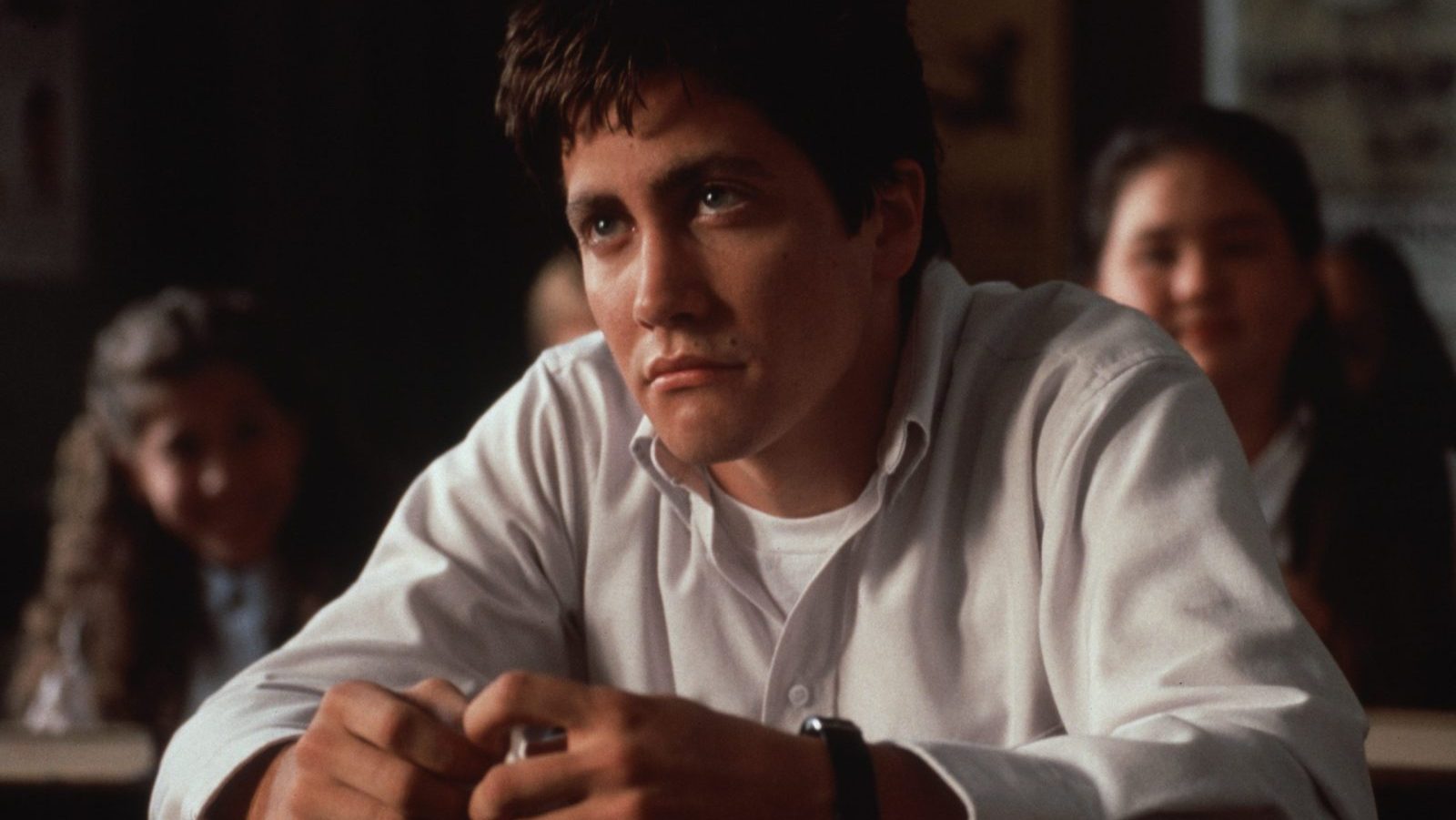
More films are available to watch than anyone could see in a lifetime. With so many options to choose from, finding a suitable movie can be a daunting task. However, some of these films have transcended time and culture to leave a critical mark on the world of cinema.
To help viewers on their journey of film brilliance, we have cultivated a list of films we believe everyone should see once. From heart-wrenching dramas to irreverent comedies, this list provides some of the best entries the world of film has to offer.
21 Movies Everyone Should See At Least Once in Their Life
19 Films Where the Main Character Discovers They’re Not the Good Guy in the End
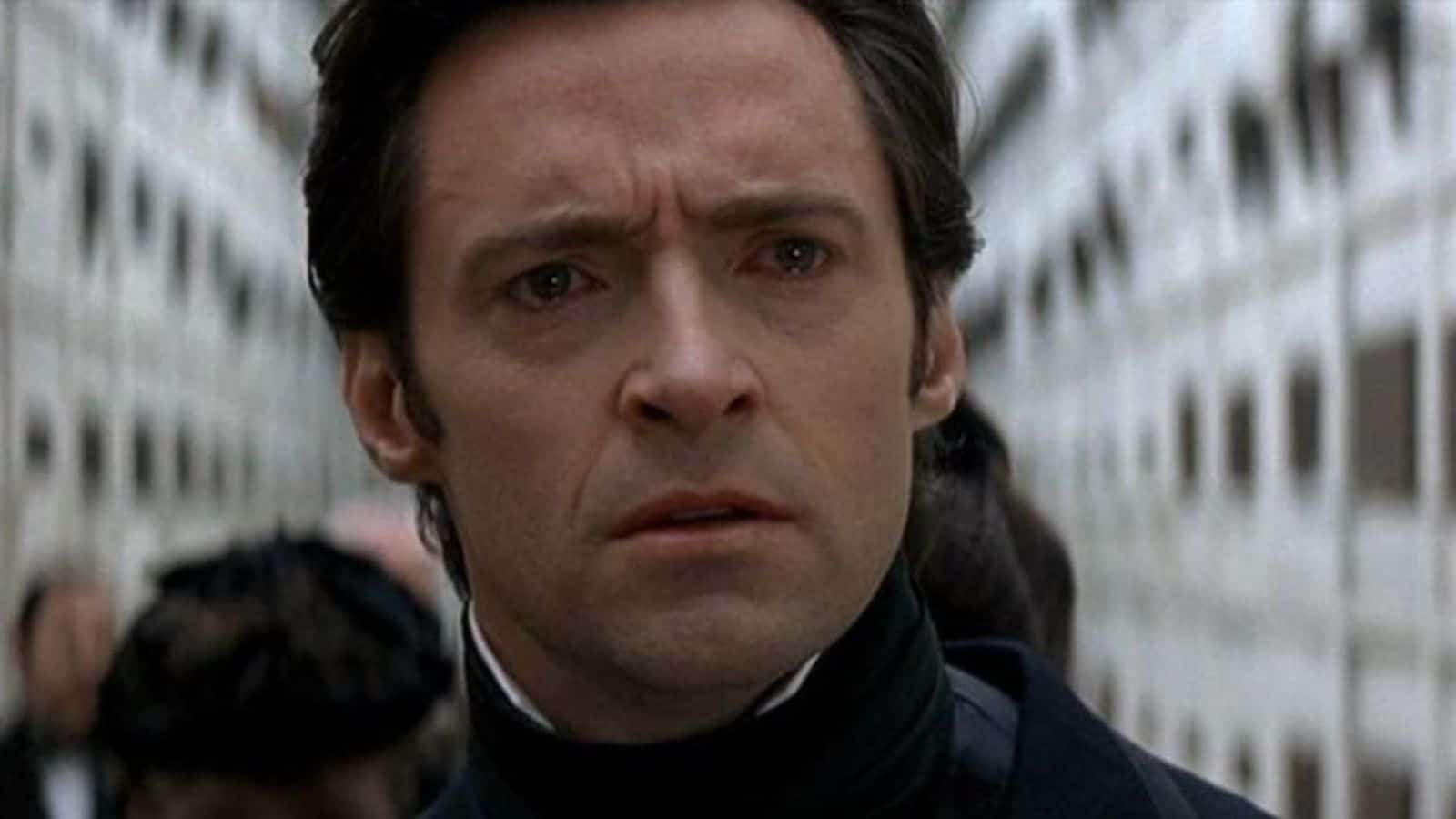
Through legitimate or illegitimate means, the main character doesn’t always end the film as a good person. Sometimes it comes through a shocking twist, sometimes we’ve known all along that this main character is not somebody we actually like.
19 Films Where the Main Character Discovers They’re Not the Good Guy in the End
